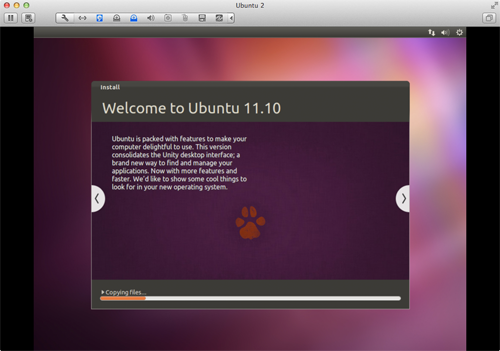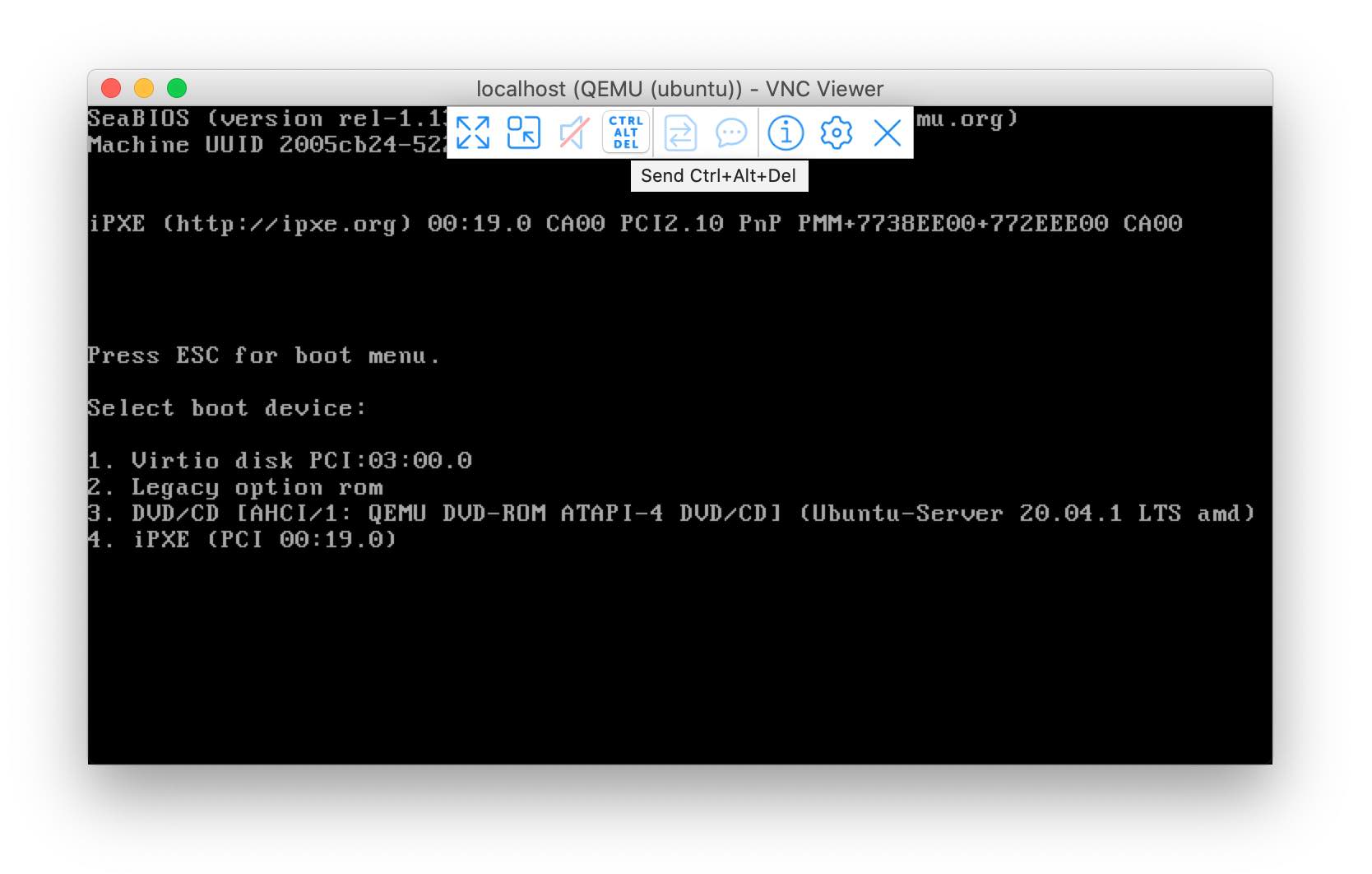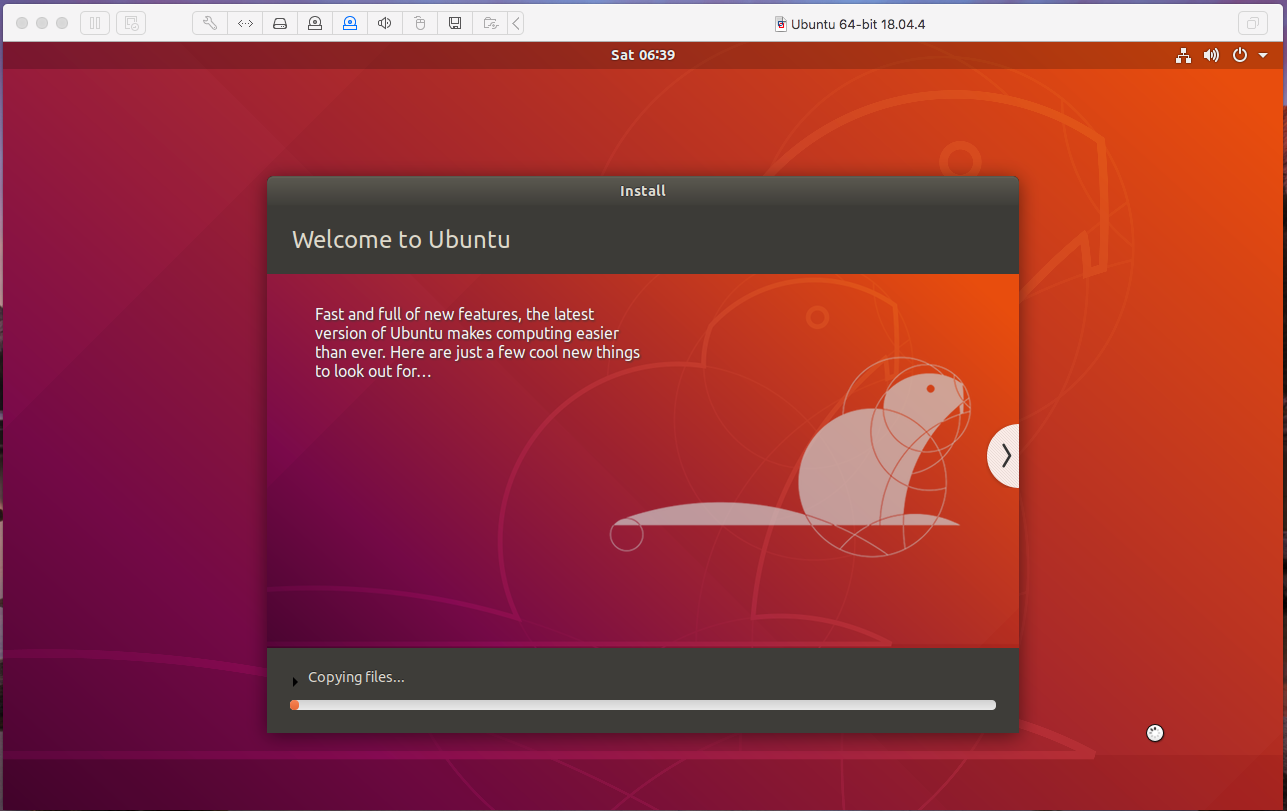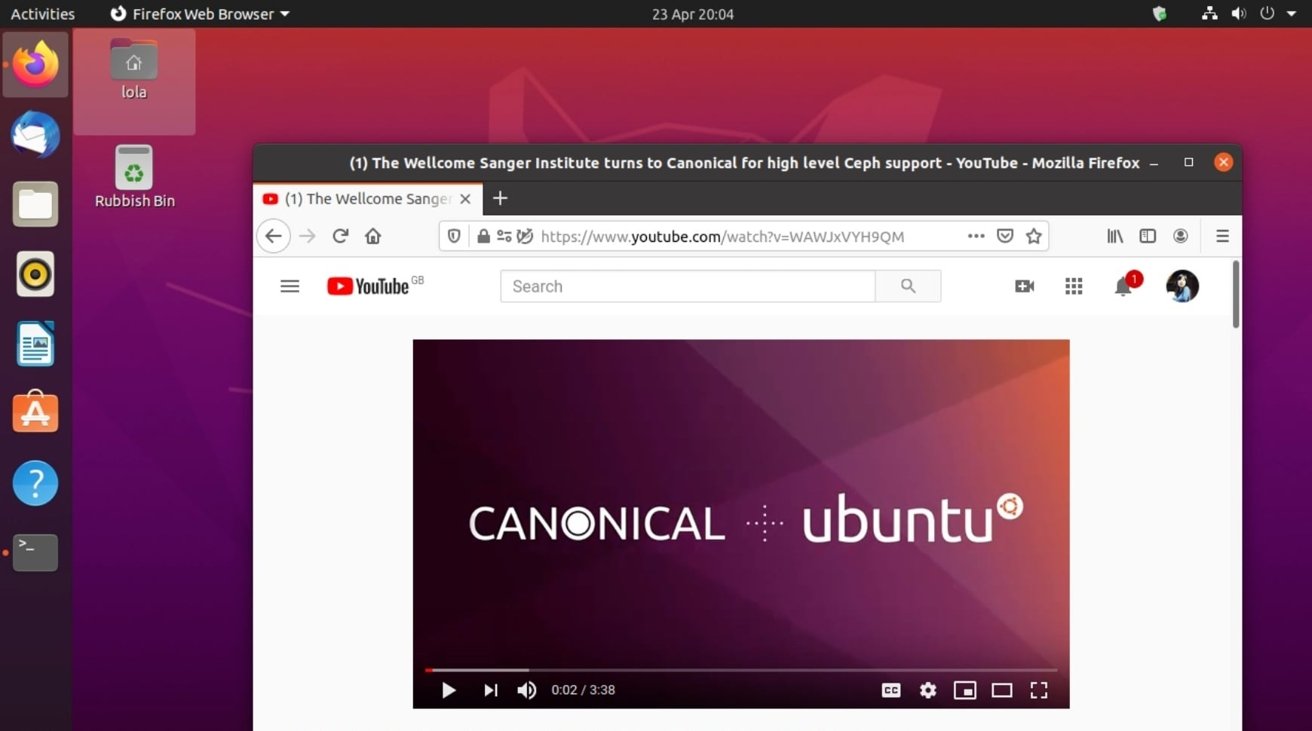

This instance is great for when we just need a quick Ubuntu VM, but let’s say we want a more customised instance. This folder could be a great place to keep files that need to be accessed by both your host machine and Ubuntu you’ve got your first instance! Let’s check for the folder and read the file from our new instance: cd cat README.md More concretely, let’s create a new folder in our $HOME directory called Multipass_Files:Īs you can see, I’ve added a readme file in this shared folder. Let’s use this to share data with our instance. To check for new updates run: sudo apt test it out! As we just learned, the previous step automatically mounted our $HOME directory in the instance. The list of available updates is more than a week old.

Usage of /: 29.8% of 4.67GB Users logged in: 0 System information as of Thu Jan 26 21:15: Let’s click on the icon, then on “Open Shell”.Ĭlicking this button does many things in the background: it creates a new virtual machine (instance), named primary, with 1GB of RAM, 5GB of disk, and 1 CPU installs the most recent Ubuntu LTS release on that instance mounts our $HOME directory in the instance and opens a shell to the instance, announced by the command prompt You can see elements of this in the printout below. Once we’ve launched the application, we should see the Multipass tray icon in the upper right section of the screen: In macOS, open the application launcher, type Multipass, and launch the application.

This tutorial gives instructions for using Multipass on macOS.įrom the application launcher, let’s start Multipass.

To install it on your OS of choice, please follow the instructions given here. Multipass is available for Linux, macOs, or Windows.


 0 kommentar(er)
0 kommentar(er)
